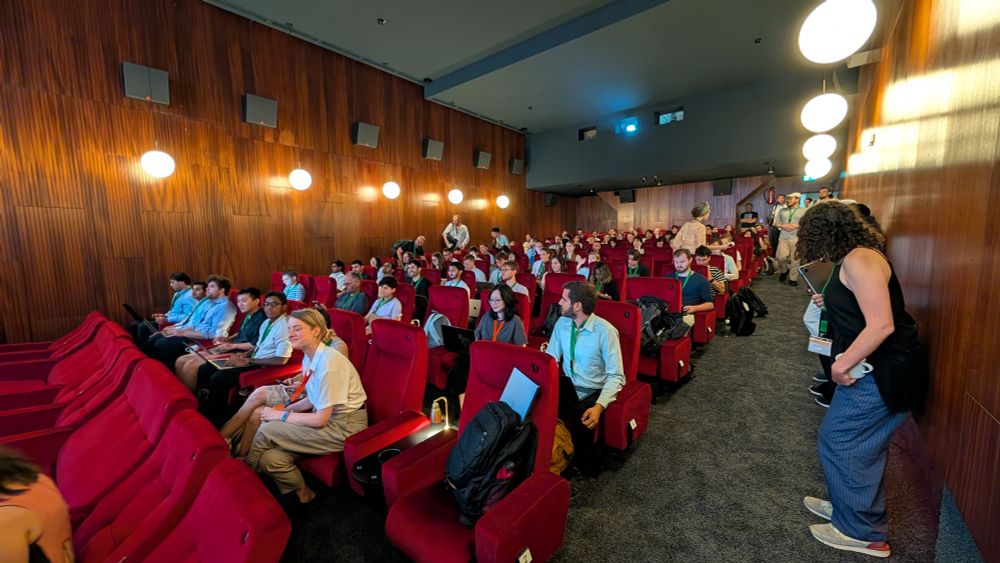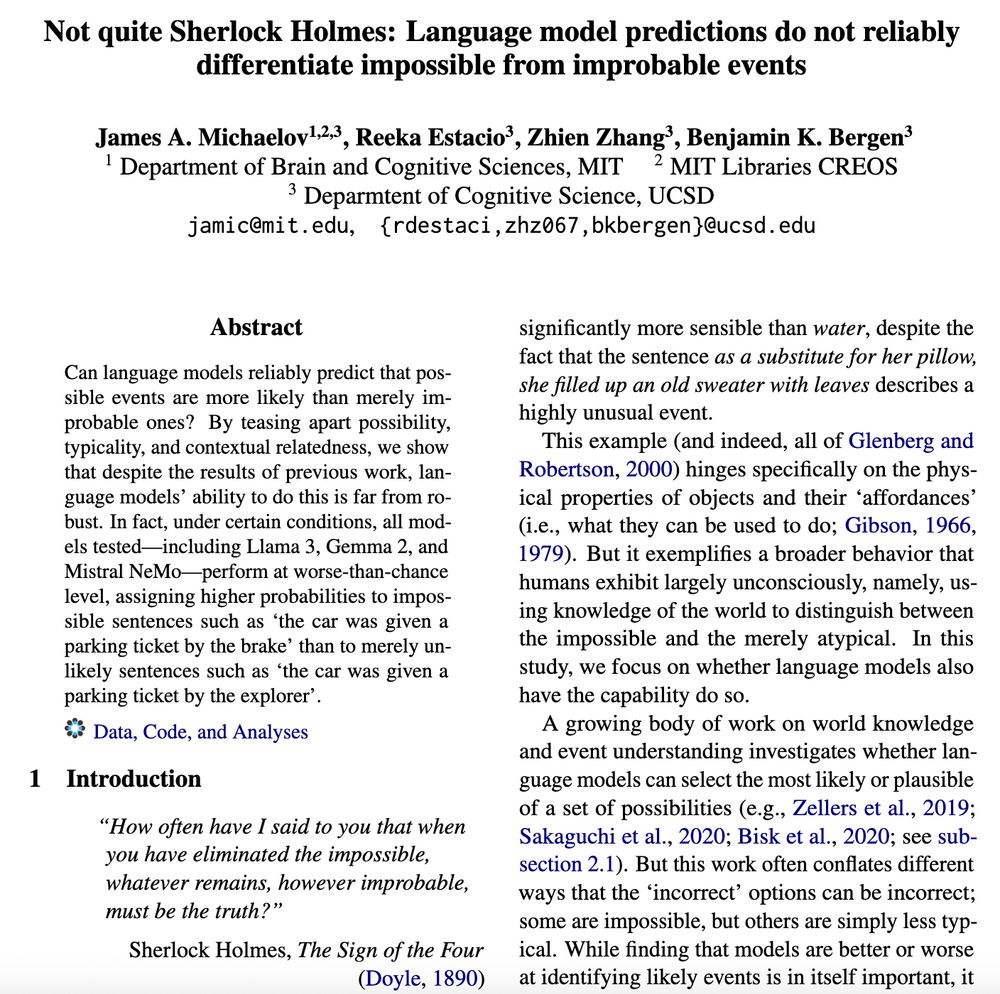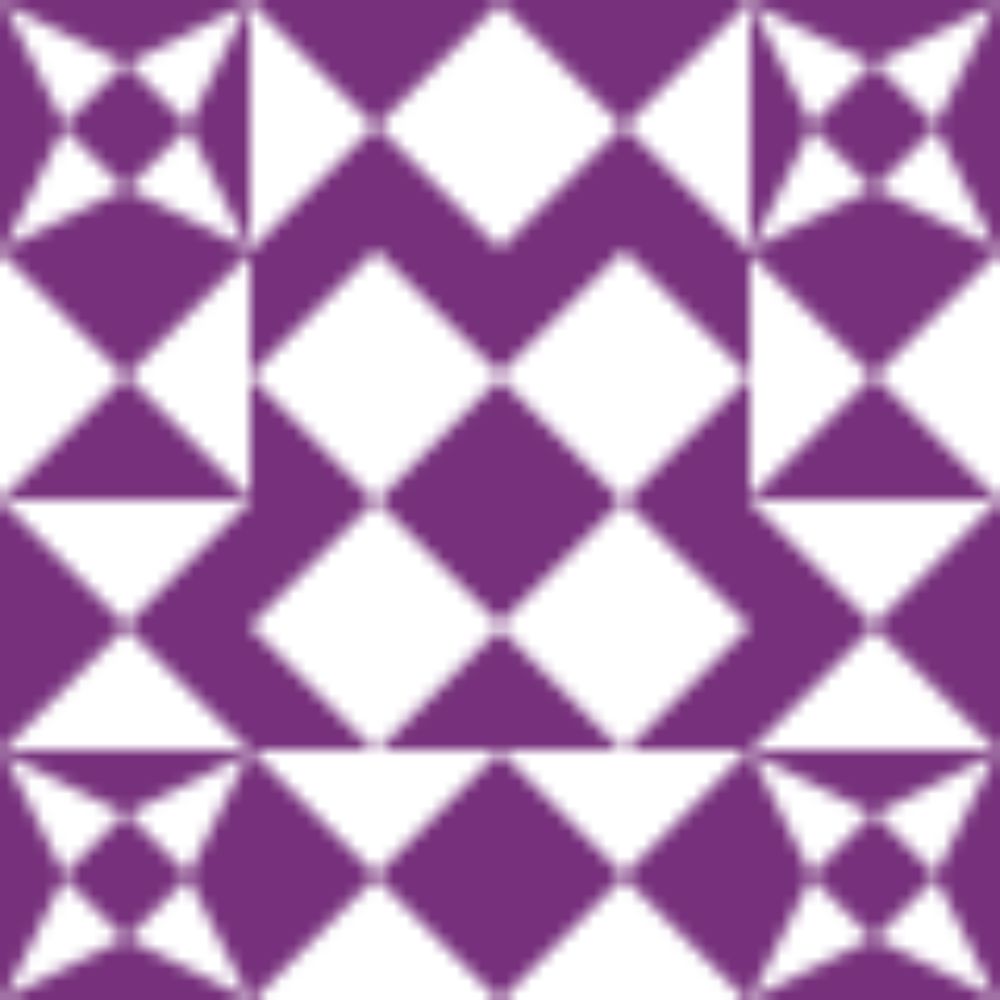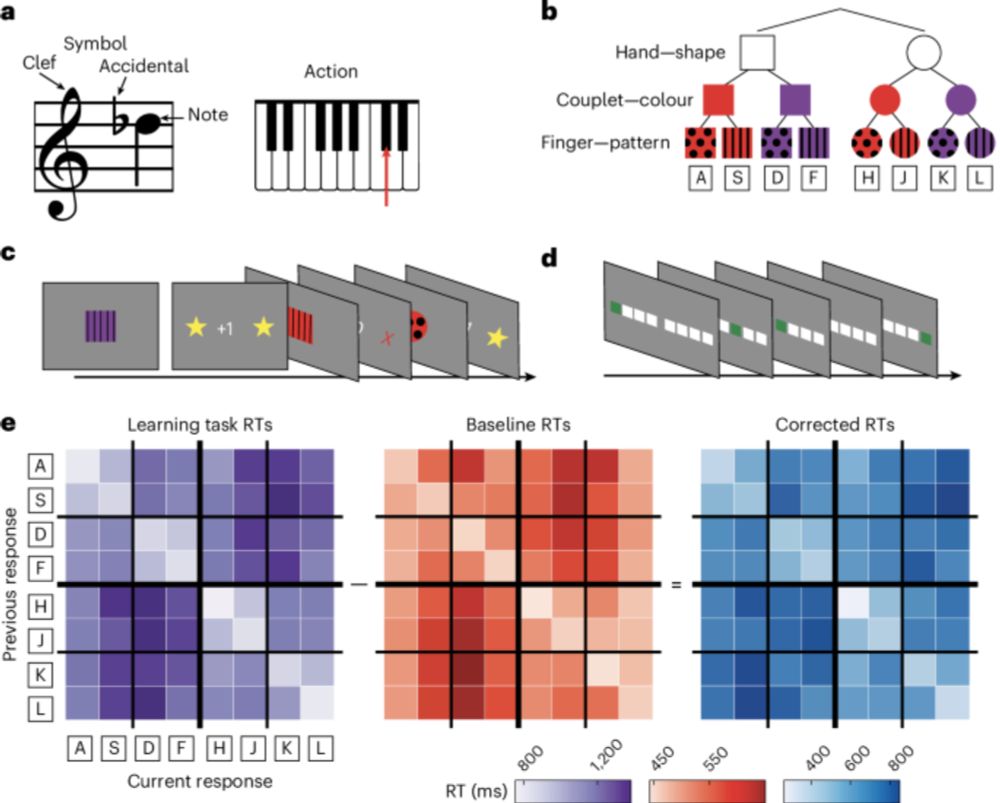
A new preprint 📝 with @tobiasuhauser.bsky.social @kenzakdr.bsky.social @benjwagner.bsky.social
and Andrew Webb accompanying our cpm-toolbox.net python modelling library - including details about our motivations, toolbox features, framework and workflows!
👉 osf.io/preprints/ps...
16.09.2025 12:37 — 👍 7 🔁 4 💬 0 📌 2
Some really cool stuff here! Really glad to have been involved in the making 📝🥳
day-to-day fluctuations of confidence (across multiple domains) relate to OCD symptom reports
11.09.2025 17:58 — 👍 3 🔁 0 💬 0 📌 0
Journal publishers *are* bundling your papers up in "data licensing agreements" for big tech companies to use for AI model training. Our publisher, T&F, got £75m from Microsoft for that last year alone.
06.09.2025 23:14 — 👍 575 🔁 157 💬 10 📌 21

2 Reasons Behind The Sudden ‘Labubu’ Craze, According To A Psychologist
Some are baffled by how quickly Labubu’s have taken the world by storm. But, psychologically, trends like these are anything but surprising.
Our research on video game loot boxes was cited in a recent Forbes article about Labubus. The article was a systematic review exploring the links between loot boxes, problem gambling and problem video gaming. In other words, purchases with chance-based outcomes. 1/2
www.forbes.com/sites/traver...
30.07.2025 10:19 — 👍 3 🔁 2 💬 1 📌 0

Don’t think too much … it might make you irrational
Every so often, I get random chest pain and immediately spiral – is this it? Am I having a heart attack? Then I remind myself that I’m 25, probably overcaffeinated, and maybe just a little stressed…
Ever have a symptom & assume the worst? That’s the Inverse Base Rate Effect—we over-focus on rare outcomes. A new #psynomPBR study by Dome @lenarddome.bsky.social & Wills finds distraction & time pressure can reduce this bias. Post by Alyssa Asmar. buff.ly/FTDQE25
12.08.2025 20:00 — 👍 4 🔁 3 💬 0 📌 0
I wonder how much tax money goes into research programmes likely this? In Europe for example? A shame indeed
24.07.2025 06:51 — 👍 1 🔁 0 💬 0 📌 0
So excited to share that the NeNa registrations are open now! Can’t wait to see everyone in Heidelberg this October. 🎓🍂
21.07.2025 12:26 — 👍 4 🔁 1 💬 0 📌 0
5. The right-wing enthusiasm for AI science is not about doing better science faster. It’s about eliminating one of the most effective forms of societal resistance to authoritarian control.
21.07.2025 14:32 — 👍 519 🔁 170 💬 9 📌 22
Open Letter: Stop the Uncritical Adoption of AI Technologies in Academia
“Even the term 'Artificial Intelligence' … is widely misused, with conceptual unclarity coopted to advance industry agendas and undermine scholarly discussions. It is our task to demystify and to challenge 'AI' in our teaching, research & engagement with society.” openletter.earth/open-letter-...
28.06.2025 19:08 — 👍 651 🔁 269 💬 21 📌 26
Models should be constrained on their behavioural heterogeneity and we should be concerned about the number of Unobserved Model Prediction (UMP) they can produce
18.07.2025 13:22 — 👍 0 🔁 0 💬 0 📌 0
A quote from Rumelhart/McClelland: "...real biological systems cannot be Turing machines because they have finite hardware."
A sentiment somewhat related to our g-distance framework. What portion of unobserved but possible results your model rejects?
18.07.2025 13:21 — 👍 3 🔁 1 💬 1 📌 0
#CPConf2025 is exploring multidimensional reward functions #RufusTempleOrchestra
15.07.2025 19:00 — 👍 19 🔁 3 💬 2 📌 2
I'm very excited to share that @wellcometrust.bsky.social has awarded us a big grant on studying information gathering biases in #OCD and #Schizophrenia in patients, rodents, using modelling & clinical interventions.
More details here: devcompsy.org/2025/07/15/n...
15.07.2025 09:55 — 👍 52 🔁 3 💬 6 📌 1

Come check out my poster on an accessible new python library cpm (cpm-toolbox.net) designed to ease you into modelling in computational psychiatry #CPConf2025
I’m poster 1.2 👀
14.07.2025 13:44 — 👍 7 🔁 3 💬 0 📌 0

A packed cinema for Charlotte Fraza's tutorial on normative modelling #CPConf2025
14.07.2025 09:08 — 👍 4 🔁 1 💬 0 📌 0
Serious FOMO here #CPConf2025
14.07.2025 08:58 — 👍 5 🔁 1 💬 1 📌 0
a couple of hours before my keynote, I went through an intense negotiation with the organisers (for over a hour) where we went through my slides and had to remove anything that mentions 'Palestine' 'Israel' and replace 'genocide' with 'war crimes'
1/
08.07.2025 09:58 — 👍 1429 🔁 685 💬 38 📌 65

Save the date: Australiasian Mathematical Psychology Conference. 23-25 Feburary 2026. Singapore. "Applying mathematical and quantitative psychology to real-world complex problems"
Save the date! The 2026 *gasp* Australasian MathPsych conference will be in Singapore -- looks to be a great one :)
@ozmathpsych.bsky.social
14.06.2025 06:59 — 👍 17 🔁 8 💬 0 📌 0

New paper accepted at ACL Findings! TL;DR: While language models generally predict sentences describing possible events to have a higher probability than impossible (animacy-violating) ones, this is not robust for generally unlikely events and is impacted by semantic relatedness. 1/3
12.06.2025 17:54 — 👍 21 🔁 3 💬 1 📌 1
I'm excited to announce that my lab's open textbook on Scientific Computing for Cognitive Neuroscience (v1.0) has just gone live! Our goal is to help mend the gap between the computational skills needed by cognitive neuroscience, and typical curricula that don't yet include it. 1/3
09.06.2025 16:10 — 👍 116 🔁 42 💬 8 📌 1

Greta Thunberg. Overlaid text reads: Israel’s navy has intercepted a Gaza-bound aid ship and detained Greta Thunberg
Israeli commandos boarded the ship, which was attempting to break the blockade of Gaza, in international waters off the coast of the territory, according to the move's organisers. www.ft.com/content/16a4...
09.06.2025 07:17 — 👍 168 🔁 94 💬 0 📌 8

sam.hall-mcmaster (Sam Hall-McMaster)
sam.hall-mcmaster has 0 followers and is following 0 people.
Special kudos for Sam to release 1.3T of carefully organised and documented neuroimaging data that other researchers can use for future discoveries: gin.g-node.org/sam.hall-mcm...
06.06.2025 14:39 — 👍 5 🔁 2 💬 0 📌 0

Builder.ai® - Composable Software Development Platform
Get your software applications developed easily. AI makes developing your software applications on our award-winning platform faster and more cost-effective. See how it works.
For eight years, Builder .ai marketed its "Natasha" AI system as a fully autonomous tool that could build software "as easily as ordering pizza." In reality, engineers in Noida and Bangalore manually coded client projects while being instructed to mimic AI-generated responses.
06.06.2025 15:05 — 👍 95 🔁 35 💬 2 📌 9
I’m starting to think this is a systemic issue
www.yusufimaadkhan.com/posts/mills-...
04.06.2025 14:26 — 👍 8 🔁 4 💬 1 📌 0

Overview of the simulation strategy and analysis. a) Pial and white matter boundaries
surfaces are extracted from anatomical MRI volumes. b) Intermediate equidistant surfaces are
generated between the pial and white matter surfaces (labeled as superficial (S) and deep (D)
respectively). c) Surfaces are downsampled together, maintaining vertex correspondence across
layers. Dipole orientations are constrained using vectors linking corresponding vertices (link vectors).
d) The thickness of cortical laminae varies across the cortical depth (70–72), which is evenly sampled
by the equidistant source surface layers. e) Each colored line represents the model evidence (relative
to the worst model, ΔF) over source layer models, for a signal simulated at a particular layer (the
simulated layer is indicated by the line color). The source layer model with the maximal ΔF is
indicated by “˄”. f) Result matrix summarizing ΔF across simulated source locations, with peak
relative model evidence marked with “˄”. g) Error is calculated from the result matrix as the absolute
distance in mm or layers from the simulated source (*) to the peak ΔF (˄). h) Bias is calculated as the
relative position of a peak ΔF(˄) to a simulated source (*) in layers or mm.
🚨🚨🚨PREPRINT ALERT🚨🚨🚨
Neural dynamics across cortical layers are key to brain computations - but non-invasively, we’ve been limited to rough "deep vs. superficial" distinctions. What if we told you that it is possible to achieve full (TRUE!) laminar (I, II, III, IV, V, VI) precision with MEG!
02.06.2025 11:54 — 👍 112 🔁 45 💬 4 📌 8
Computational Cognitive Neuroscience & Cognitive Control ● AI for Science & Automated Scientific Discovery ● Faculty @ Brown & Osnabrück ● Director of Autonomous Empirical Research Group ● Senior Schmidt Science Fellow
www.ai4cogsci.com
Offizieller Account der Universität Tübingen.
Impressum: https://uni-tuebingen.de/impressum/
Datenschutz: https://uni-tuebingen.de/impressum/bluesky-hinweise/
This is the channel of the Max Planck Institute for Biological Cybernetics. We conduct basic research in the neurosciences and belong to the Max Planck Society, a global top 5 research organization with its 84 Max Planck Institutes and 31 Nobel Laureates.
your mental health companion – guided journals, daily planner, habit tracker, meditations, and more.
apple.co/stoic
Theor/Comp Neuroscientist (postdoc)
Prev @TU Munich
Stochastic&nonlin. dynamics @TU Berlin&@MPIDS
Learning dynamics, plasticity&geometry of representations
https://dimitra-maoutsa.github.io
https://dimitra-maoutsa.github.io/M-Dims-Blog
🐟y profiles get 🚫
PostDoc Computational Neuroscience @Developmental Computational Psychiatry lab & Max Planck Institute for Biological Cybernetics #Dopamine #DecisionMaking #ReinforcementLearning #ActiveInference #IntertemporalChoice #BrainExplorerApp
https://nenaconference.github.io
unifiedjs · he/him · https://wooorm.com
A career network featuring science jobs in academia and industry.
Visit our platform at www.science.hr
Professor of Cognitive Science, University of Bristol. Homepage: https://www.lewan.uk
Reader (Associate Professor) - Birkbeck, University of London
Leading the Vaghi Lab (https://www.vaghilab.org/)
Official account of SciBeh.org - we are an academic volunteer organisation drawing on behavioral science to build better digital tools for science and foster a collective intelligence approach to science communication with policy makers and the public.
PhD in medicine. Interested in Clinical psychology, Clinical Neuroscience, fMRI neurofeedback, Consciousness
Google scholar: https://scholar.google.co.jp/citations?user=b4LnFjgAAAAJ&hl=en
Computational Neuroscientist | PhD student @mpicybernetics.bsky.social and @unituebingen.bsky.social
Assistant Professor she/her. I study how people think about social relationships. Usually with babies and kids.
ashleyjthomas.com
Computational Neuroscience, Reinforcement Learning. Postdoctoral Fellow @ Harvard. Previously @ A*STAR & NUS. 🇸🇬
PhD Candidate with Jakob Hohwy & Adeel Razi
Interested in comp Psych & structure learning
PhD student in the Embodied Computation Group at Aarhus University, learning about effort and cannabinoids.
University of Plymouth (UK); Max Planck Institute for Human Development, Berlin; Decision Making Researcher














